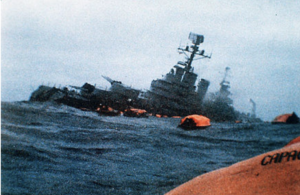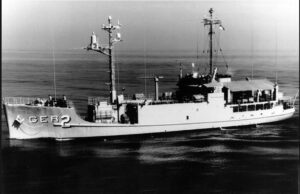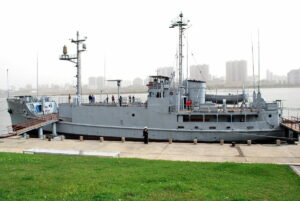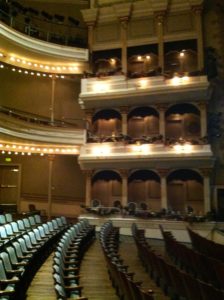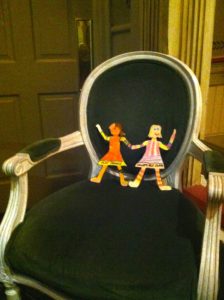On the southeast corner of Duvall and South street in Key West stands a monument to industrialism in the late 1800s. Sporting the Key West colors of pink and aquamarine, this three-story mansion was erected in 1897 and dubbed the southernmost house (it was at the time).
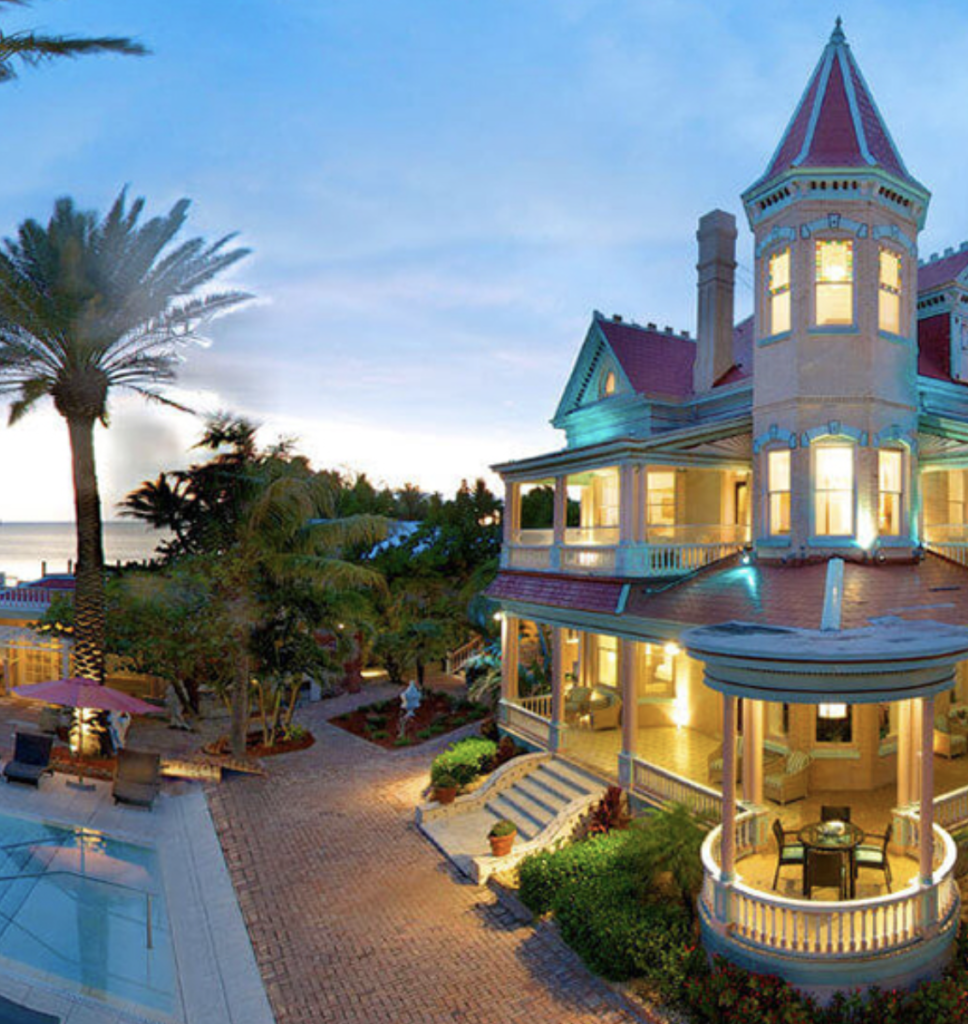
It was built by Judge Jeptha Vining Harris for his wife, the youngest daughter of William Curry, one of Florida’s first millionaires. They had heavily invested in Henry Flagler’s Overseas Railroad to Key West (another story) and often entertained Mr. Flagler during construction of the railway.
Built in the Queen Anne Victorian style with turrets and balconies, it boasted large stained glass windows and was the first home in Key West to enjoy electricity. In fact, Mrs. Harris was able to convince Thomas Alva Edison to oversee the electrical plan and installation!
During Prohibition the mansion was used as a speakeasy, gambling, and on the third floor, various unmentionable activities.
Next door and to the south, another building was constructed. This was to serve as a cook house as it was very common in those days to keep the kitchen and any wood-burning stoves away from the main building for safety reasons.

Currently, there exist three buildings south of the mansion – two very old houses (a pink one, the former kitchen; and a white one, a former barn), and at the end of South Street, next to the popular tourist monument dubbed the “Southernmost point,” (it isn’t) stands a very nice home with beautiful tropical landscaping.
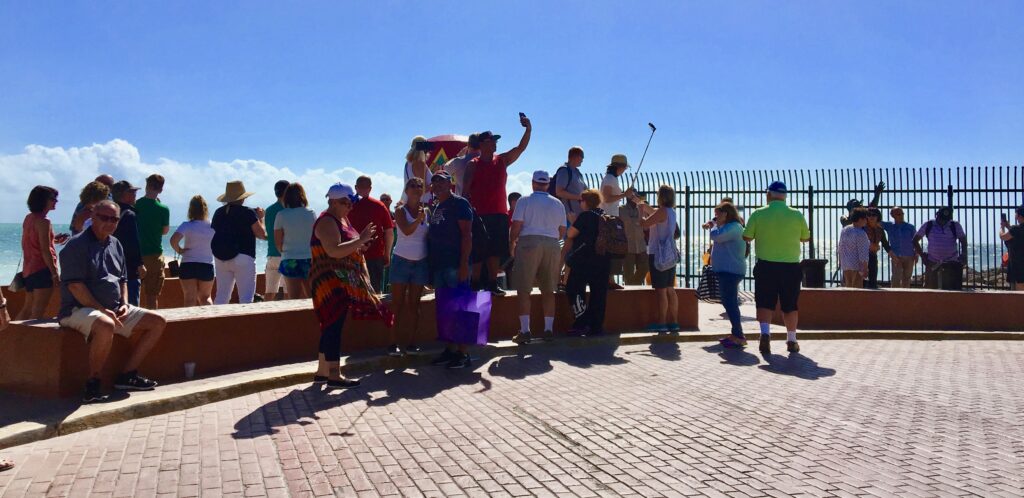
The two older buildings belong to my former brother-in-law Hugh Morgan, a prominent attorney is the Keys.
A Mrs. Thelma Strabel had purchased the kitchen building around 1940, enlarged it into a house and built another edifice next to it, a barn complete with hay loft.
Mrs. Strabel was an American novelist noted for her tales of the American south and adventures at sea. Although she grew up in Indiana, she spent a great deal of her youth near her mother’s home in southwestern Pennsylvania. She published her first short story in a Pittsburgh newspaper and after working in several different capacities and traveling, she began to write fiction as a vocation. Her best-known story, Reap the Wild Wind (1940) was a romantic story of the men who salvaged shipwrecks in Key West and off the Keys. The story was bought by the famous director Cecil B. DeMille and made into a very popular movie in 1942 starring John Wayne.
Many more novels of derring-do and high adventure in exotic locales were to follow and she became quite a popular writer. She died in 1959 at age 60 in Washington, DC, and is buried at Magnolia Cemetery Trust in Charleston, South Carolina.
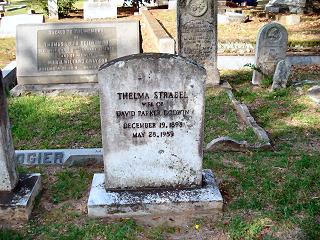
In 1979 I was visiting Key West to see my small children for the first time in three years. They had been living with their mother in Bogota, Colombia, and were just returning to the states. Hugh and I were sitting on the porch of his home (the pink house) enjoying the ocean air luffing up from the sea wall. Even though Key West is a tropical location, the wind from the ocean was making me cold. I asked if he had a light jacket I could put on and he said there was one in the closet upstairs. I navigated the very narrow stairway and was startled to see an old woman seated in a chair at the top. She seemed frail and was dressed in a black dress with a white lace collar. I spoke but she did not answer. I thought maybe she was a relative of Hugh’s and may be suffering from dementia or other affliction. I forgot the jacket and hurried back down the stairs. When I sat down next to Hugh on the porch I said “Who is that woman upstairs?” He seemed caught off guard and replied “You mean, you saw her?” I said, “Yes, who is she?” “She is Mrs. Strabel, the woman who bought the house from the people that built the mansion next door.” I asked what she was doing in his bedroom and he said “I don’t know, she died in 1959.” I thought he must be playing a joke on me and bounded back up the stairs. All the windows were locked and I searched in every cubby hole and under the bed. No Mrs. Strabel. Hugh said I was white as a sheet. I argued “She didn’t look like a ghost, Hugh. She was as solid as you and me.” “I am the only one who has seen her and only twice before he said.” The first time I thought she was a vagrant or a woman with a mental illness. I spoke but she did not respond. I turned my head and she vanished.” “I don’t think she means any harm but for some reason, she can’t let go of this house.”
My head was spinning. I had never seen an apparition and I was completely undone! Thanking Hugh for his hospitality I left in a rush and scurried down Duvall street to Sloppy Joe’s saloon for a stiff drink, sincerely hoping that a spectre of Mr. Hemingway would not be grinning at me from the next bar stool. One ghost a night is enough for me!

